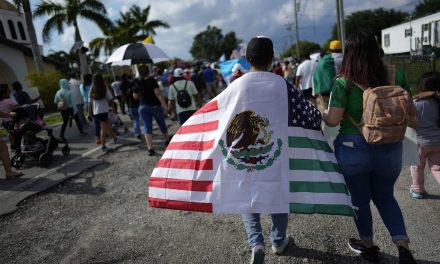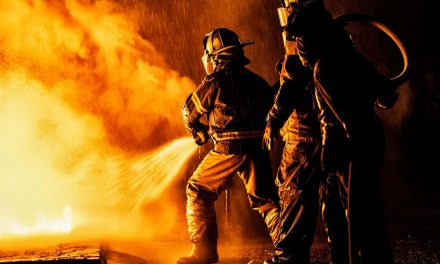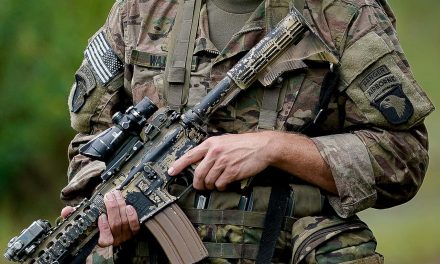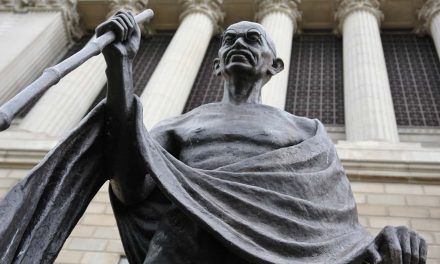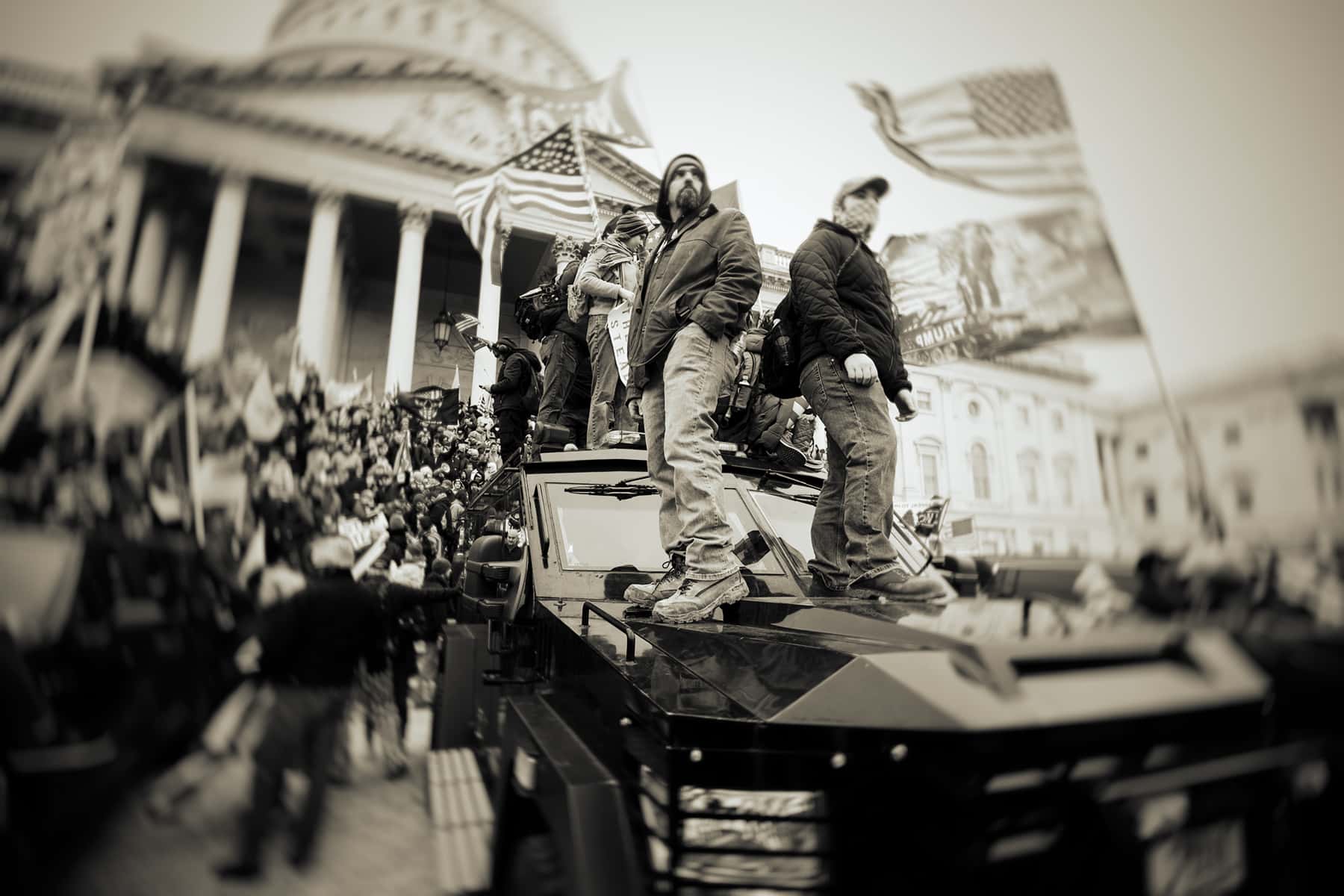
“Some Republicans say there were questions about the election in 2020. But that’s like saying somebody yells ‘fire’ in a theater when there is no fire. And then they look at all the people running out and say, you know, there’s a stampede. We should really look into that fire. But the fire was a total fiction.” – John Dickerson
A year after the January 6 storming of the United States Capitol, a former U.S. counterterrorism official worries that lone-wolf-style attacks from far-right extremists could pose a major security challenge through 2022, echoing concerns from other analysts about the changing nature of the threat.
More than 700 people have been charged in relation to last year’s Capitol insurrection in Washington DC, which led to five deaths. The smashed windows and viral images of chaos at the heart of American power forced security services to take the far-right threat more seriously, said Jason Blazakis, a former U.S. Department of State counterterrorism official now with the Soufan Group, a New York-based research center.
“It was a wake-up call,” Blazakis said of the January 6 riot. “[The far-right] was a threat that was underestimated by security officials and policymakers who were sometimes willfully trying to ignore the problem for political reasons … Only now is the US government seeing the internal threat as a serious challenge.”
Analysts say that far-right groups in America – including anti-government militias, White Supremacists and various conspiracy theorists – remain a top security threat, even a year after the January 6 attack. With such groups under closer scrutiny by law enforcement and facing a crackdown by some mainstream social media platforms, a repeat of something akin to the Capitol insurgency is less likely this year, Blazakis said, as the threat appears to be shifting.
Instead, he fears a lone-wolf-style attack by an individual or small group “as we saw in El Paso or Pittsburgh,” referencing the 2019 massacre of Latinos at a Texas Walmart and the killing of 11 people at a synagogue in 2018 by a gunman who had expressed anti-Semitic views.
Hundreds of thousands of individuals across the U.S. subscribe to a far-right ideology, Blazakis estimates – and dealing with that world view, alongside adherents who believe in leveraging violence, does not come with an easy policy solution.
‘Frustrated and angry’
White Supremacists, extremist militias and other like-minded individuals were involved in two-thirds of all “terrorist attacks and plots” on U.S. soil in 2020, according to research published in April by the Washington-based Center for Strategic and International Studies (CSIS) think-tank.
The people arrested over the January 6 attack – including realtors, business owners and small-town councillors – do not necessarily pose the biggest security threat to the country today, said Arie Perliger, a criminology professor at the University of Massachusetts Lowell with expertise in far-right extremism.
Rather than Twitter trolls or brawling street protesters, Perliger is more concerned about militia cells or loose-knit networks of conspiracy theorists working underground. “All over the country, you have significant groups and cells and activists who are frustrated and angry, and they represent the threat,” he said. “If we are looking for the next attack, that won’t necessarily happen in DC. It will be other vulnerable targets, like Pittsburgh or El Paso.”
Small groups of far-right extremists who lack a formal command-and-control structure are much harder for security forces to track, he said – and they often operate in areas outside of big cities, where local authorities have minimal resources.
“The threat is more likely to come from more isolated groups and cells,” Perliger said, citing a 2020 plot by anti-government extremists to kidnap Michigan’s governor. “They are much harder to identify and thwart their plans.”
Security services infiltrated
Complicating efforts to respond to threats from domestic extremists is the fact that some members of security services have far-right sympathies. U.S. active-duty military personnel and reservists have participated in a growing number of “domestic terrorist plots and attacks,” according to CSIS research. The prevalence of attacks on US soil linked to active-duty and reserve personnel rose in 2020 to 6.4 percent, up from 1.5 percent in 2019 and zero in 2018. Of the people charged over the January 6 insurgency, at least 13 percent had ties to the military or law enforcement.
“The infiltration of the military and police [by the far-right] is a pretty big deal. Look at the number of military people [arrested] on January 6,” said Michael Hayden, who tracks hate groups for the Southern Poverty Law Center. “Military and police have been very far behind on how far this radicalization has gone.”
The takeaway from the Capitol insurgency, he said, is the convergence between regular Republicans and far-right ideas: “Those soft barriers that held the extreme fringe far-right at bay really broke down on January 6.”
That trend does not bode well for American stability or attempts to find compromise between political factions.
A member of the Political Instability Task Force, a CIA advisory panel that analyses the risks of civil strife around the world, warns that the U.S. is “closer to Civil War than any of us would like to believe.” Barbara F Walter’s upcoming book, How Civil Wars Start, notes that the U.S. has entered “very dangerous territory.”
Perliger concurs. “If we are talking about 2022, based on the data we have, we should expect to see a high level of violence,” he said. “I don’t see any reason right now why the trend will reverse itself or change: 2022 is an election year, and usually that tends to intensify the rhetoric and polarization.”
Chrіs Аrsеnаult
Bіll Clаrk
Originally published as How the US far-right threat has evolved since January 6

